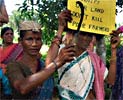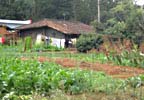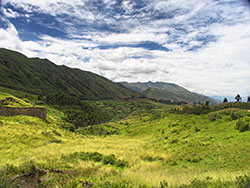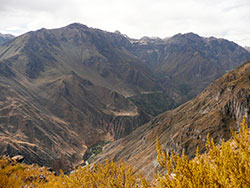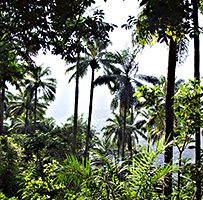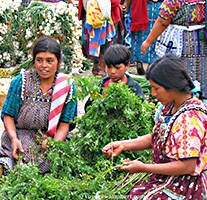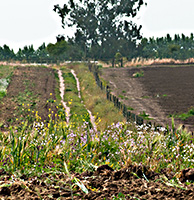A mountain village in Peru – 1926 (2)
Moving
“Dear people,” Ambrosio Luma says in concluding the village meeting, “let us start moving early tomorrow morning. We have much to do, it is already mid-October, and soon the winter storm season will begin. Before then, we should have built our houses, a big shed for our sheep, and two corrals for the cows and horses.” Most people nod, and all of them walk home in silence.
Ambrosio is a sturdily built Indian about thirty-five years old with a clear gaze, a mason, a hard worker, a practical man. His last remark, when in fact the village head had already closed the meeting, helps people to overcome their despair. Tomorrow will be a new day, a day on which they all together will begin a new life.
Yesterday evening, Rosendo Maqui, the village head, together with four council members, returned silently and with bowed heads from the provincial capital. At once everyone understood that what they feared for so long now had become reality. In front of his house, Rosendo addressed the villagers: the judge had allotted their fields and pastures to a ranchero, a big farmer. Only the Yanañahui highlands were left to them.
The next day there was a village meeting. Things get quite heated. One group wants to resist, to fight. Another group thinks that doesn't make sense, because they have hardly any weapons, and because the ranchero no doubt will come with a sizeable group of policemen armed with guns. Rosendo calmly advocates moving to the highland. Finally there is a vote, and a large majority chooses to move.
Two days later the villagers have transported most of their belongings to the new location. They have driven all their livestock there. With tears in their eyes, they think of the good memories of their years in the green valley. In the new highland terrain, Ambrosio walks up and down vigorously, advising and giving directions on where the new houses will need to be. For now, there is no time to mourn.
_______________________
Source
The beautiful novel Broad and Alien is the World (1941) from the Peruvian author Ciro Alegría describes in 600 pages all the facets of Indian peasant life.
Go to:
= part 1:
'Saint Isidore, don't desert us!' - a mountain village in Peru – 1912 (1), story 55.
= the next page:
Priest or donkey? - Fontamara, a village in Abruzzo, Southern Italy – 1928 (1), story 77.
= the Table of contents, story 76.
